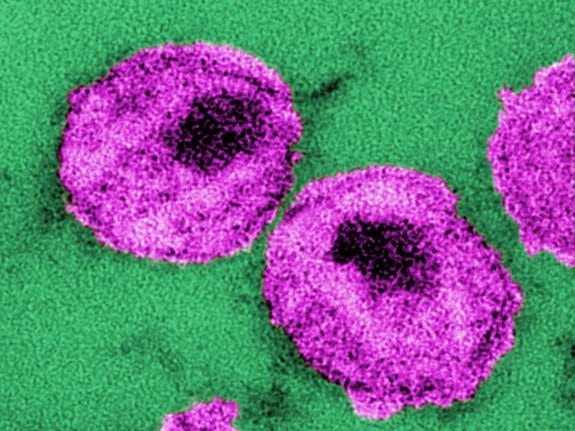According to two new studies, young women may be less aware than men about the warning signs of heart disease and less likely to receive proper treatment.
Heart disease is the number one killer of women. In the United States, one in four women dies from heart disease. Many people often believe heart disease only occurs in men. However, it is actually women that die of heart disease each year.
The signs and symptoms of heart disease can vary among women and men, and are often misunderstood. Studies show that women may be more likely than men to experience symptoms such as nausea, vomiting or arm tingling.
The most common symptom of a heart attack for women is pain, pressure, or discomfort in the chest. This pain is not always significant or severe, especially in women. Sometimes, women may even have a heart attack without experiencing any initial chest pain at all.
In fact, women are more likely to experience signs and symptoms that are completely unrelated to chest pain. The signs and symptoms that women may experience prior to a heart attack include:
• Nausea or vomiting
• Shortness of breath
• Dizziness or lightheadedness
• Unusual fatigue
• Discomfort in the jaw, neck, jaw, abdomen, shoulder, or upper back
• Sweating
• Pain in the right arm
The risk factors for heart disease among men and women can differ as well. While the most common risk factors for both men and women are high cholesterol, obesity and high blood pressure, there are certain risk factors that have a greater impact on women developing heart disease compared to men.
The risk factors that may have a greater impact on women include:
• Little to no physical activity: Getting little to no physical activity is one of the major risk factors for developing heart disease. This has a greater impact on women because women tend to be less active than men.
• Pregnancy complications: Complications during pregnancy such as high blood pressure or diabetes can increase a woman’s risk of developing heart disease in the long-term. Complications can also increase the risk of the children developing heart disease.
• Diabetes: Diabetes increases the risk of developing heart disease much more in women than in men.
• Depression and stress: Suffering from depression and stress have a greater impact on women than it does men when it comes to the risk of heart disease.
• Low estrogen: Women have low levels of estrogen after menopause. This greatly increases their risk for developing heart disease.
• Metabolic syndrome: Metabolic syndrome is a group of symptoms such as high blood pressure, high blood sugar, visceral fat around the abdomen, and high triglycerides that lead to various health conditions. Metabolic syndrome increases the risk of heart disease significantly more than it does in men.
• Smoking: Smoking is a greater risk factor for heart disease in women than in men.
Other risk factors for heart disease shared among men and women being overweight or obese, having a family history of heart disease, age, and being African-American.
How can women lower their risk for heart disease? The best way for women to reduce their risk for heart disease includes making changes to your diet and lifestyle.
This includes:
• Eat a healthy diet (i.e. low in salt, saturated fat, and cholesterol)
• Maintain a healthy weight: A normal or healthy weight is a BMI of 18.5 to 24.9.
• Stay physically active: Get at least 30 to 60 minutes of exercise a day on most days of the week. If you are overweight and need to lose weight, aim for 60 to 90 minutes.
• Avoid smoking, or quit smoking if you already do.









Leave a Reply